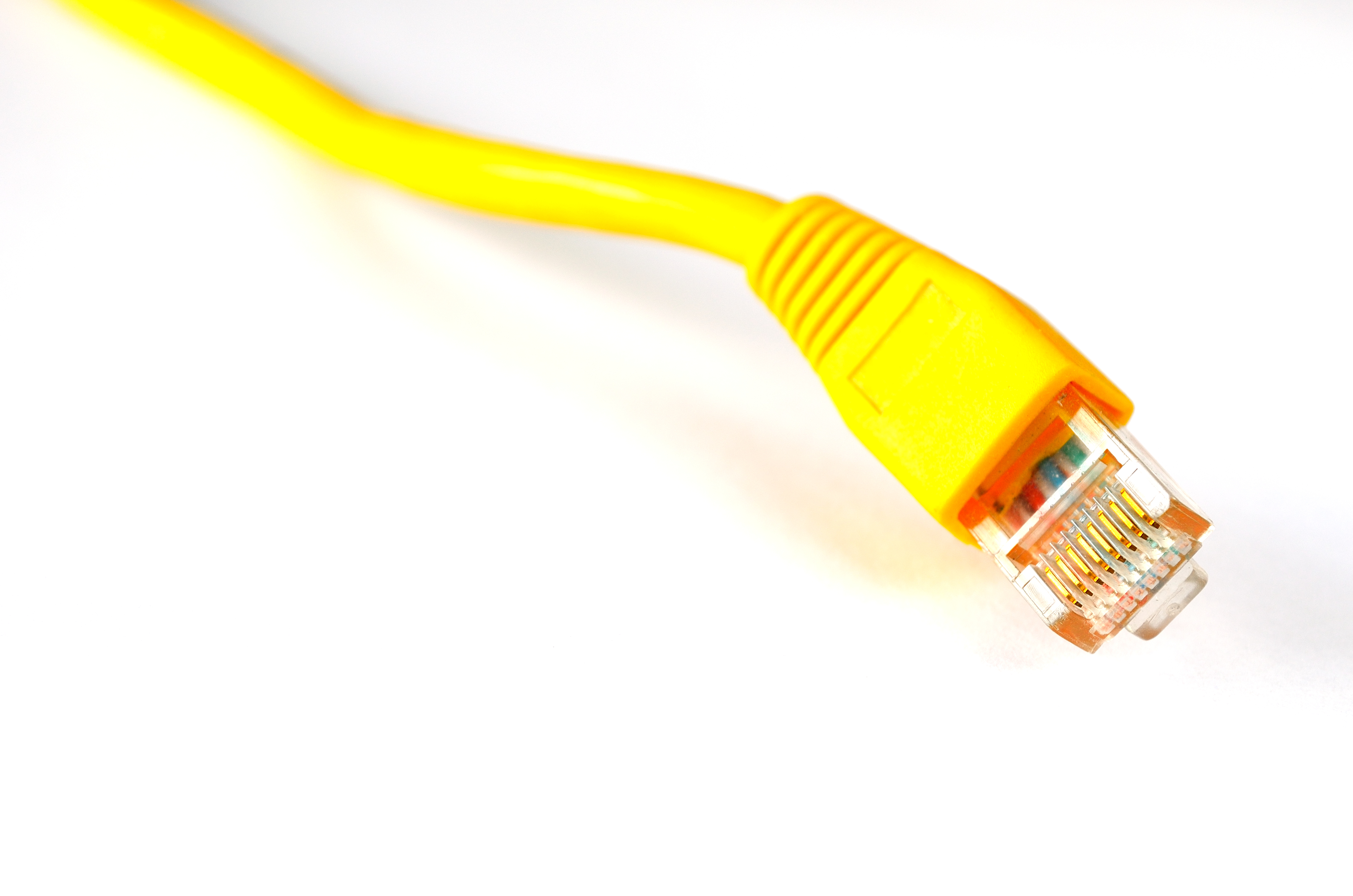
Ethernet physical layer
The physical-layer specifications of the Ethernet family of computer network standards are published by the Institute of Electrical and Electronics Engineers (IEEE), which defines the electrical or optical properties and the transfer speed of the physical connection between a device and the network or between network devices. It is complemented by the MAC layer and the logical link layer. An implementation of a specific physical layer is commonly referred to as PHY.
The Ethernet physical layer has evolved over its existence starting in 1980 and encompasses multiple physical media interfaces and several orders of magnitude of speed from 1 Mbit/s to 400 Gbit/s. The physical medium ranges from bulky coaxial cable to twisted pair and optical fiber with a standardized reach of up to 80 km. In general, network protocol stack software will work similarly on all physical layers.
Many Ethernet adapters and switch ports support multiple speeds by using autonegotiation to set the speed and duplex for the best values supported by both connected devices. If autonegotiation fails, some multiple-speed devices sense the speed used by their partner,[1] but this may result in a duplex mismatch. With rare exceptions, a 100BASE-TX port (10/100) also supports 10BASE-T while a 1000BASE-T port (10/100/1000) also supports 10BASE-T and 100BASE-TX. Most 10GBASE-T ports also support 1000BASE-T,[2] some even 100BASE-TX or 10BASE-T. While autonegotiation can practically be relied on for Ethernet over twisted pair, few optical-fiber ports support multiple speeds. In any case, even multi-rate fiber interfaces only support a single wavelength (e.g. 850 nm for 1000BASE-SX or 10GBASE-SR).
10 Gigabit Ethernet was already used in both enterprise and carrier networks by 2007, with 40 Gbit/s[3][4] and 100 Gigabit Ethernet[5] ratified.[6] In 2017, the fastest additions to the Ethernet family were 200 and 400 Gbit/s.[7] Development of 800 Gbit/s and 1.6 Tbit/s Ethernet standards started in 2021.[8]
Generally, layers are named by their specifications:[9]
For 10 Mbit/s, no encoding is indicated as all variants use Manchester code. Most twisted pair layers use unique encoding, so most often just -T is used.
The reach, especially for optical connections, is defined as the maximum achievable link length that is guaranteed to work when all channel parameters are met (modal bandwidth, attenuation, insertion losses etc.). With better channel parameters, often a longer, stable link length can be achieved. Vice versa, a link with worse channel parameters can also work but only over a shorter distance. Reach and maximum distance have the same meaning.
Starting with Fast Ethernet, the physical layer specifications are divided into three sublayers in order to simplify design and interoperability:[36]
Minimum cable lengths[edit]
Some fiber connections have minimum cable lengths due to maximum level constraints on received signals.[41] Fiber ports designed for long-haul wavelengths may require a signal attenuator if used within a building.
10BASE2 installations, running on RG-58 coaxial cable, require a minimum of 0.5 m between stations tapped into the network cable to minimize reflections.[42]
10BASE-T, 100BASE-T, and 1000BASE-T installations running on twisted pair cable use a star topology. No minimum cable length is required for these networks.[43][44]
Some networking standards are not part of the IEEE 802.3 Ethernet standard, but support the Ethernet frame format, and are capable of interoperating with it.
Other networking standards do not use the Ethernet frame format but can still be connected to Ethernet using MAC-based bridging.
Other special-purpose physical layers include Avionics Full-Duplex Switched Ethernet and TTEthernet.